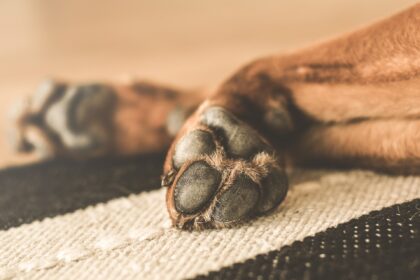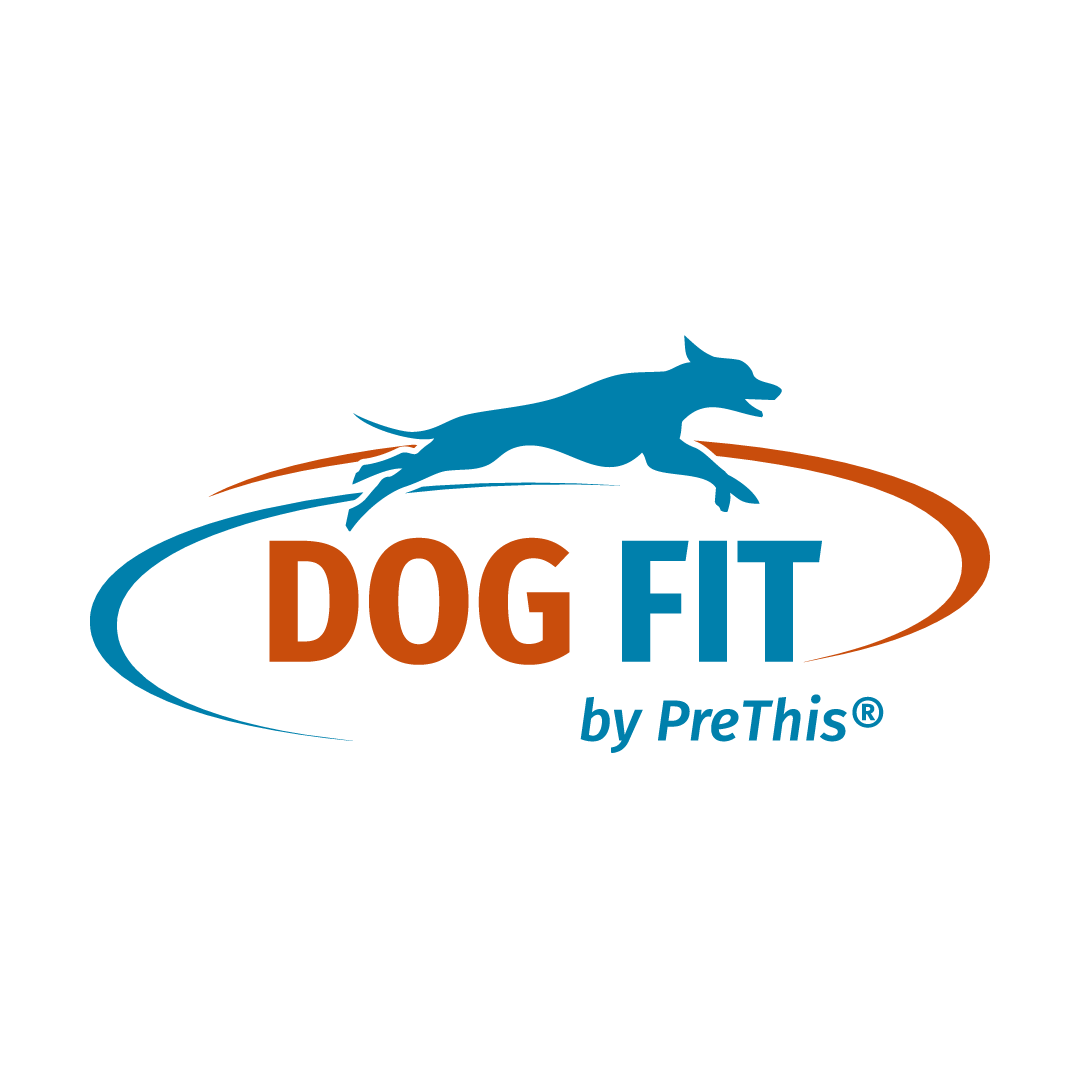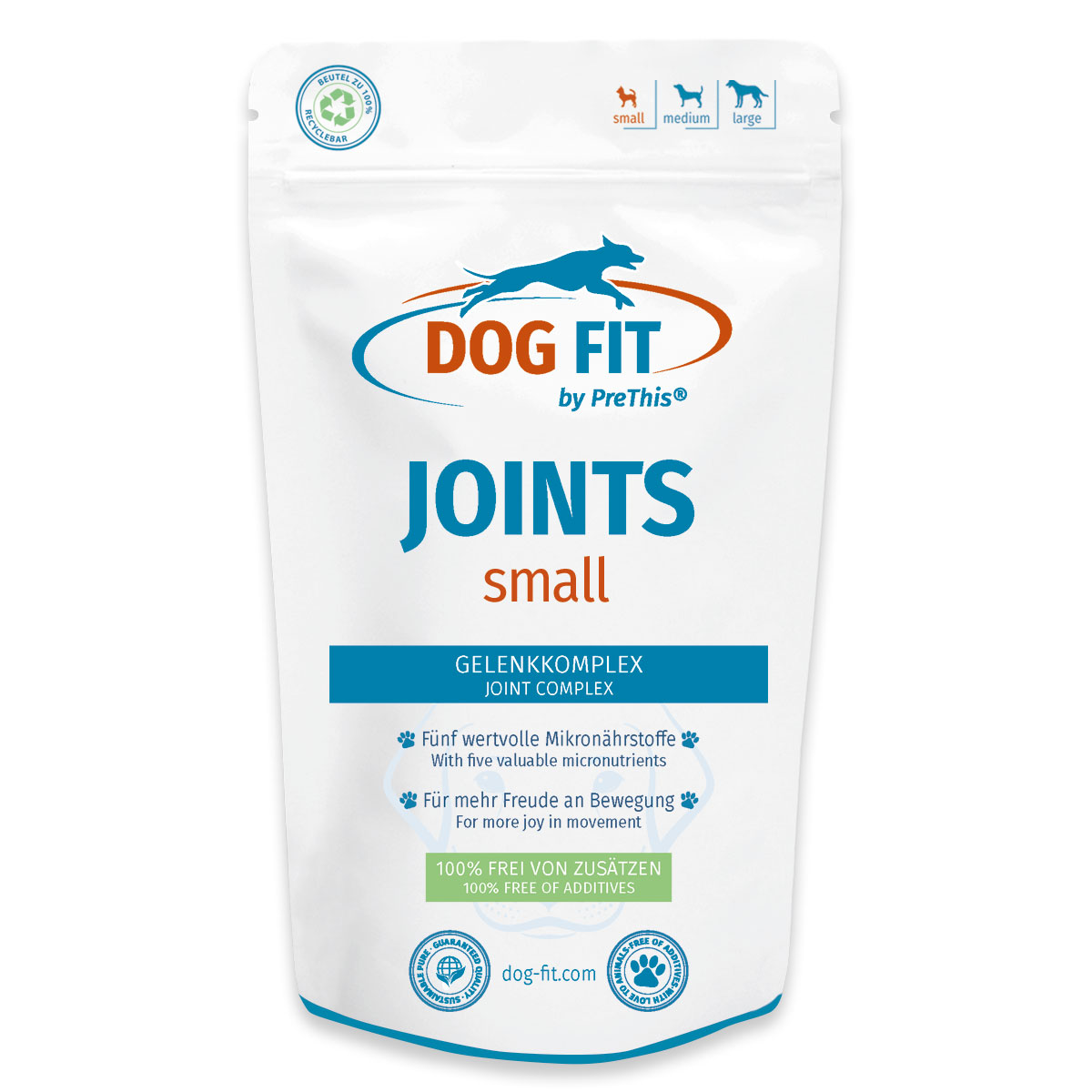
Introduction
The good news first: Even though our four-legged friends can be affected by osteoarthritis over the course of their lives, there are numerous options to support their quality of life. The goal should always be to prevent or alleviate pain and maintain the dog’s mobility. Today, various approaches to feeding, exercise, and care are available.
The Right Amount of Exercise for Osteoarthritis
Generally, regular and appropriate exercise is good for the joints. The nourishment of the articular cartilage only works through exercise: it ensures that the synovial fluid is evenly distributed and the cartilage remains elastic. This allows the joint to perform its important cushioning function. A lack of synovial fluid can damage the cartilage and thus promote wear and tear, even leading to painful osteoarthritis.
It is important to always adjust exercise to the dog’s well-being. Walks are beneficial, but only as long as the dog feels comfortable and shows no pain. In cases of severe osteoarthritis, rough games of fetch or excessive romping should be avoided. Several short walks are often better than one long walk, as this reduces the strain on the joints while still providing regular exercise. “Use it or lose it” also applies to dogs.
Stress from certain postures?
Some owners wonder whether typical dog behaviors such as digging or certain postures place additional strain on the joints. In fact, in cases of severe arthritis, it may be advisable to limit such activities, especially if they involve cramped positions or excessive strain. Observe your dog’s gait and adjust the activity to his comfort level. The body’s own hormones can temporarily block out pain, especially during hunting or play, so careful observation is important.
Weight Control and Feeding
A crucial factor for healthy joints is body weight. Every kilo of excess weight puts additional strain on the joints, especially if there are pre-existing problems. A balanced diet, adapted to age, activity level, and health status, is therefore essential. High-quality dog food without unnecessary additives and regular diet changes can help prevent deficiencies and support joint health.
What can be done about osteoarthritis?
The causes of osteoarthritis are diverse and range from genetic predisposition and misalignment to diet and lifestyle. While the genetic component cannot be directly influenced, feeding and exercise can be controlled. From middle age onwards, it is recommended to pay particular attention to supporting the musculoskeletal system – this way, the joints can be better protected even when challenges arise later.
If incorrect loading or deficiencies occur at a young age, the risk of osteoarthritis can increase in old age. High-quality feeding and a varied, balanced diet are important components of prevention. Particular care should be taken to avoid low-quality, heavily processed ready-made foods, as long-term malnutrition can promote joint problems.
The Role of Micronutrients
Diet plays a crucial role in the entire musculoskeletal system and joint function in dogs. Micronutrients such as glucosamine, collagen, MSM, and hyaluronic acid support various normal physiological processes in the body. They are known as natural components of cartilage and synovial fluid and help ensure that joints remain elastic and resilient. Vitamins, trace elements, and certain secondary plant substances can also be a useful supplement to a balanced diet. An adequate supply of these nutrients supports the normal function and maintenance of cartilage, ligaments, tendons, and synovial fluid—especially in dogs exposed to particular stress or due to age.
Everyday Tips for Dogs with Arthritis
In addition to targeted feeding and veterinary or animal health care, small adjustments in everyday life can contribute greatly to the well-being of a dog with arthritis. Provide a non-slip surface in your home so your dog can walk safely. Soft, well-padded surfaces help prevent pressure points and relieve pressure on the joints. Avoid jumping onto the sofa or into the car—ramps or small stairs can be helpful.can be of great help here. Regular, but gentle exercise—such as several short walks a day—supports mobility without overstressing the joints. Keep your dog’s weight within the ideal range, as excess weight puts additional strain on the joints. Targeted physiotherapy or light massages can also help loosen muscles and relieve tension. Observe your dog closely to avoid overexertion and, if necessary, adapt activities to their daily condition.
You and your dog: Whether young or old—the dog’s well-being depends on many factors. Regular exercise, a balanced diet, and attentive care form the basis for a healthy dog life. Openness to new insights and the willingness to combine proven methods with modern approaches help to provide the best possible support for dogs.
Product note: DOG FIT by PreThis® JOINTS 🛒 – Natural supplement for dogs with carefully balanced micronutrients. Non-GMO and free from artificial additives. Find more information in our Shop.

The content of the articles is for general information purposes only and does not replace diagnosis or treatment by a veterinarian. Reviews or testimonials are individual reports from verified customers. This information does not constitute medical advice and should not be understood as such.
Our daily inspiration comes from the special moments with our dogs. Here we share this enthusiasm and invite you to become part of the DOG FIT community on our social media channels.



Leave a Reply